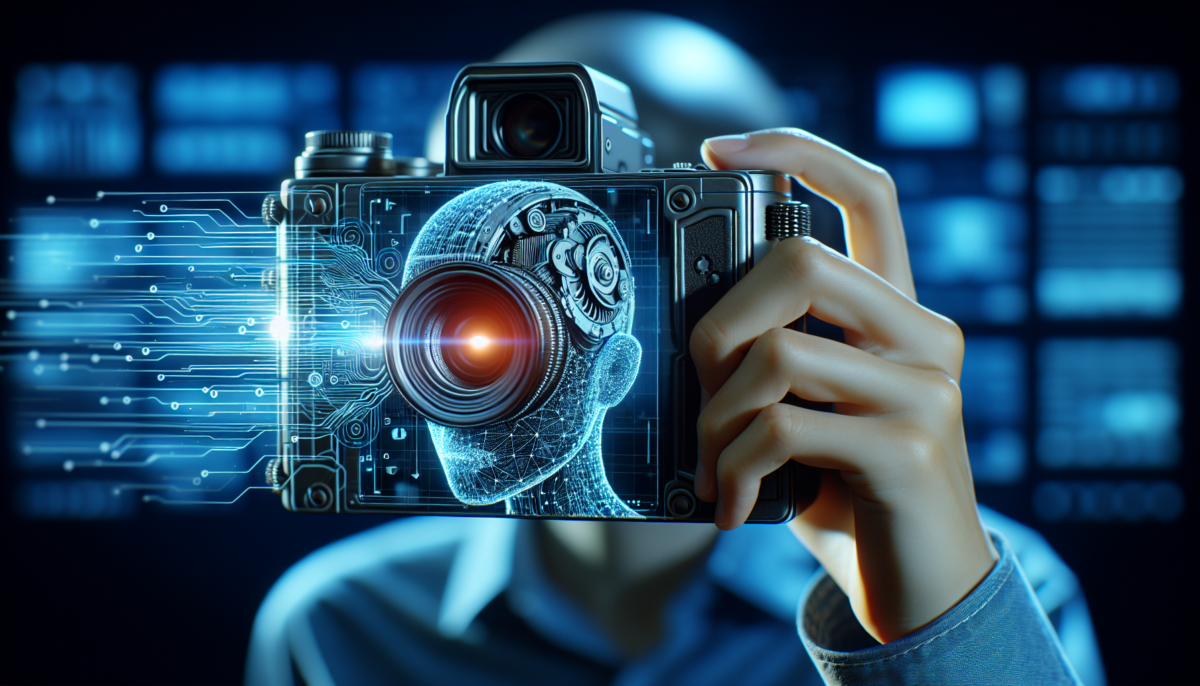“Google Unveils Veo 2: The Text-to-Video Instrument Disrupting AI Innovation”
We independently review everything we recommend. When you buy through our links, we may earn a commission which is paid directly to our Australia-based writers, editors, and support staff. Thank you for your support!

Google DeepMind Launches Veo 2: A Revolutionary Advancement in Text-to-Video AI Technology
Quick Overview
- Google DeepMind reveals Veo 2, an advanced AI video creation tool.
- Veo 2 accommodates resolutions reaching up to 4K, outpacing rivals like OpenAI’s Sora.
- The realistic simulation of motion and physics distinguishes Veo 2 in video production.
- Targeted at creatives, educators, and enterprises, it simplifies access to professional-level video creation.
- Currently obtainable through a waitlist on Google’s VideoFX platform.
Veo 2: Transforming Video Production with AI
Google DeepMind’s Veo 2 represents a pioneering text-to-video AI framework that has expanded the limits of video creation. It allows users to produce high-definition video clips at resolutions of up to 4K, significantly advancing beyond competitors such as OpenAI’s Sora, which maxes at 1080p.
Utilizing Veo 2, users can craft videos that replicate realistic physics, vibrant motion, and human-like reactions. This ensures not just breathtaking visuals but also credible interactions among elements and characters within the scenes.

Enhanced Features for Cinematic Narratives
Veo 2 equips users with sophisticated cinematic tools, allowing them to implement various camera techniques such as wide shots, POV (point-of-view) angles, and aerial recordings. These functionalities make the tool particularly attractive to filmmakers and content creators aiming to redefine conventional production without extensive physical setups.
The capacity to deliver professional-quality results with high detail and minimal artifacts makes Veo 2 a paradigm shift for professionals dedicated to video production.
Realism Achieved Through Physics and Movement
A key highlight of Veo 2 is its capability to convincingly replicate realistic movement and physics-based interactions. Earlier AI designs often faced challenges with active movements or human expressions, but Veo 2 successfully addresses these issues. For example, it can recreate natural actions like rolling dice or conveying human gestures accurately, imparting a lifelike and immersive feel to the content.
Innovative Access Through a Waitlist Rollout
Veo 2 is being rolled out via Google’s VideoFX platform, currently accessible through a waitlist. This gradual launch allows Google to acquire significant user input to refine the model for wider accessibility. The tool holds extensive potential, with applications spanning education, marketing, entertainment, and more.
By lowering the technical and financial barriers typically involved in video production, Veo 2 aims to democratize access to top-tier tools.
The Future of AI Video Crafting
Veo 2 is set to transform visual storytelling by enabling users to convert text prompts into cinematographic-quality videos. Whether for filmmakers, educators, or companies, this tool unveils new avenues for content creation on an unprecedented scale.
As with any groundbreaking technology, ethical implications will be crucial in guiding its adoption. Responsible usage and comprehensive guidelines are vital to ensure that this powerful tool is utilized constructively.
Conclusion
Google DeepMind’s Veo 2 signifies a remarkable advancement in AI-generated video production. With its provision of 4K video quality, sophisticated cinematic features, and realistic movement simulation, Veo 2 establishes a new standard for text-to-video technology. Currently limited to a waitlist, its influence on content production, education, and commerce is anticipated to be transformative. As technology progresses, ethical debates will remain central to discussions on its deployment.
Q&A: Important Questions Regarding Veo 2
Q: In what ways does Veo 2 set itself apart from other text-to-video AI solutions?
A:
Veo 2 distinguishes itself by offering resolutions up to 4K, advanced camera functionalities, and realistic simulation of physics and motion. These characteristics enhance its standing as a professional-level tool compared to rivals such as OpenAI’s Sora, which is limited to 1080p and lacks comparable cinematic features.
Q: Who stands to gain the most from using Veo 2?
A:
Veo 2 is best suited for filmmakers, content producers, educators, and businesses seeking economical methods to create high-caliber videos. Its user-friendliness and accessibility reduce barriers for individuals with limited technical skills or resources.
Q: Is Veo 2 accessible to the general public?
A:
At the moment, Veo 2 is available through a waitlist on Google’s VideoFX platform. This phased introduction enables Google to fine-tune the tool based on real-world user feedback prior to broader availability.
Q: Are there ethical issues associated with Veo 2?
A:
Like any powerful AI tool, there are concerns regarding misuse, copyright violations, and the authenticity of AI-generated material. Google has stressed the importance of responsible AI practices and is likely to implement measures to tackle these concerns.
Q: Can Veo 2 accommodate complex requests?
A:
Yes, Veo 2 is proficient in interpreting both simple and complex requests to produce visually striking videos. Its ability to handle specific camera angles and replicate realistic motion further enhances its adaptability for intricate creative tasks.
Q: Which sectors could benefit from Veo 2?
A:
Fields such as entertainment, marketing, education, and training could see significant advantages. The tool can simplify video production for advertisements, tutorials, films, and immersive storytelling experiences.
